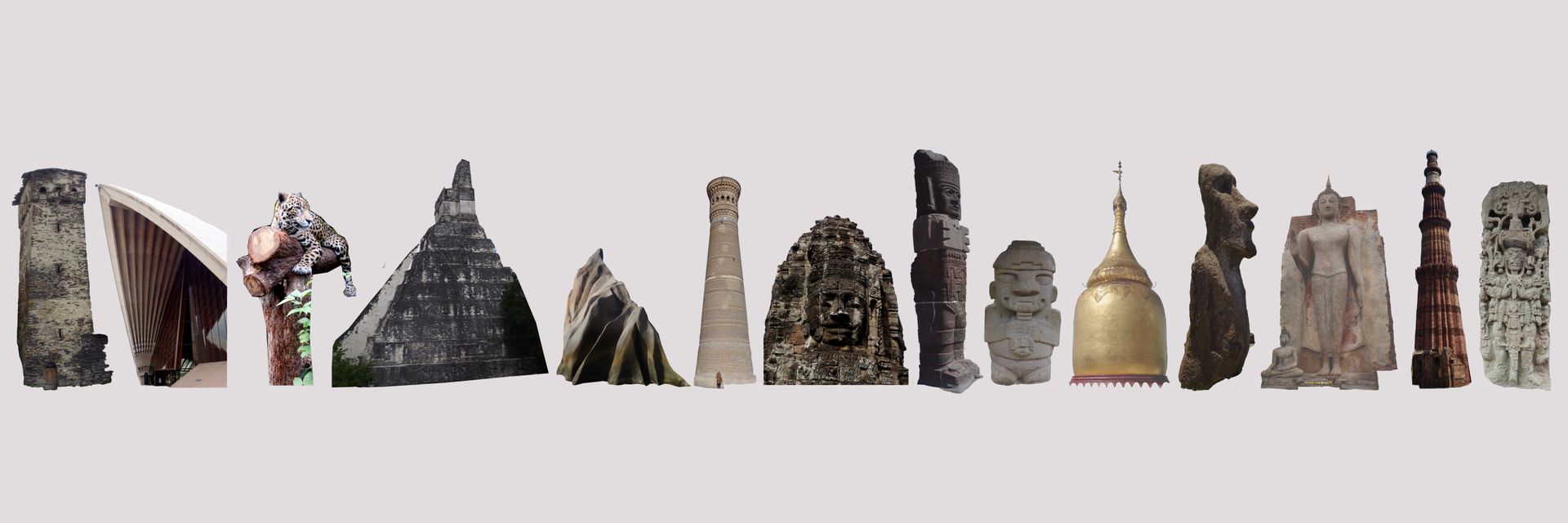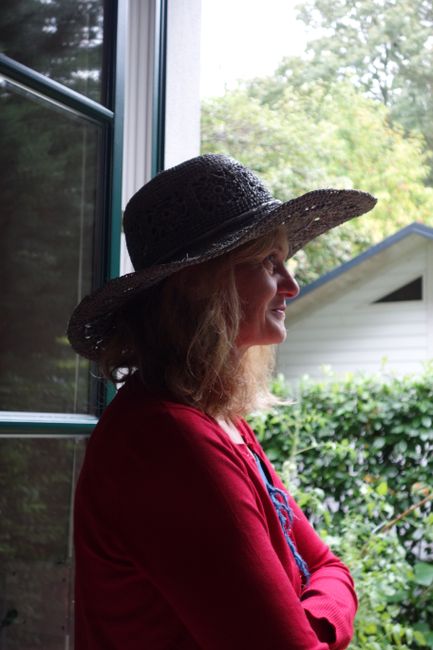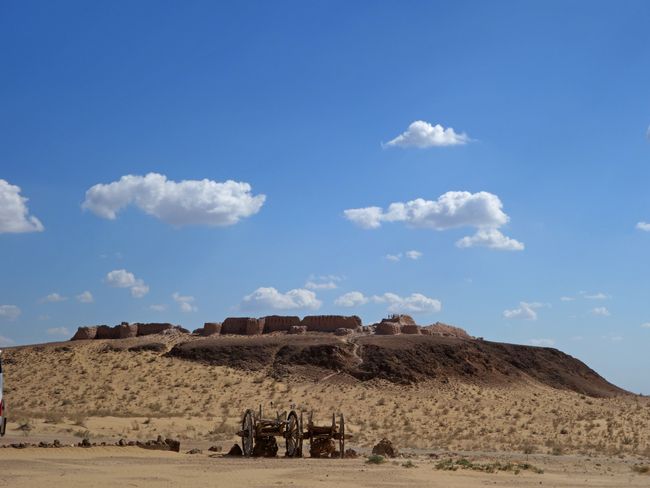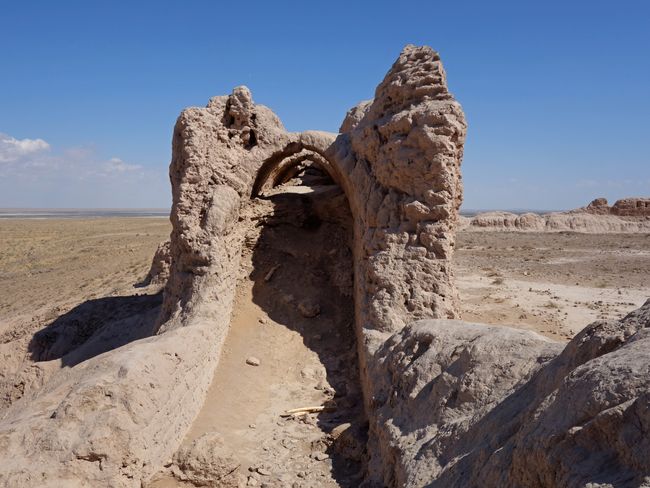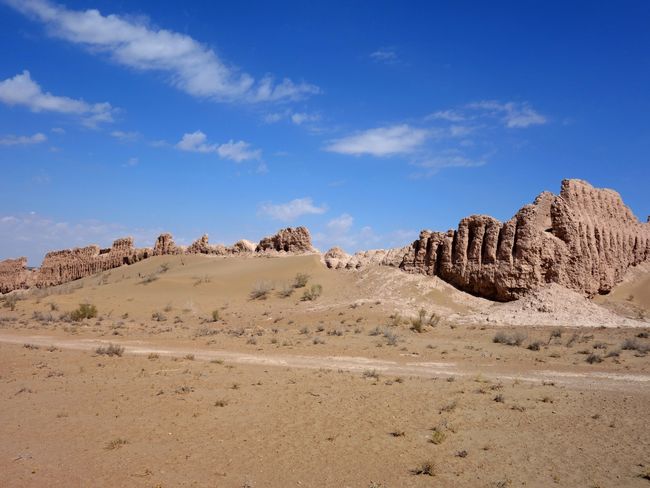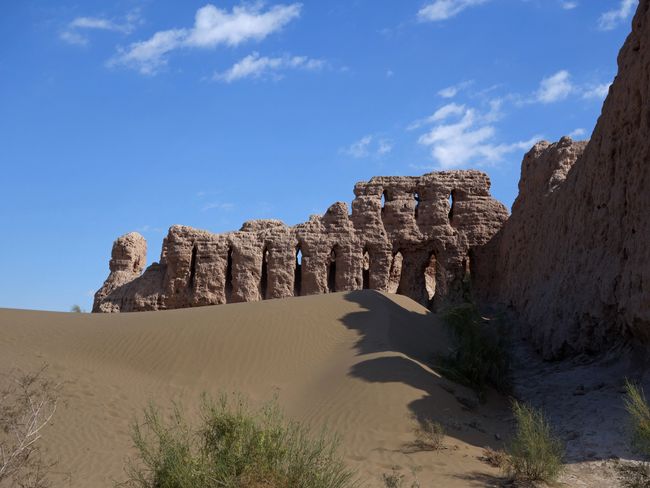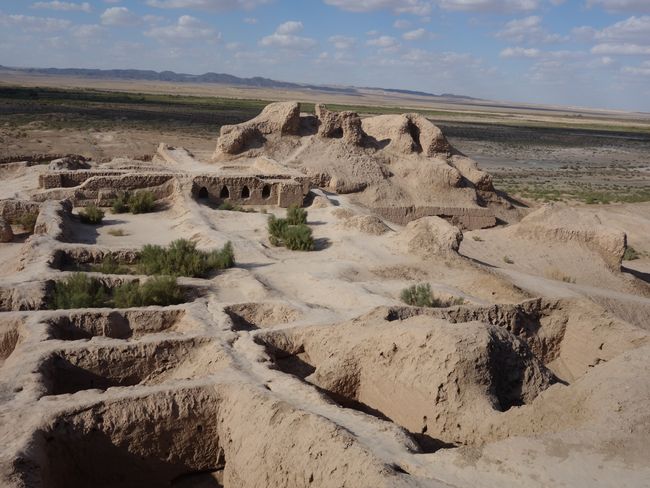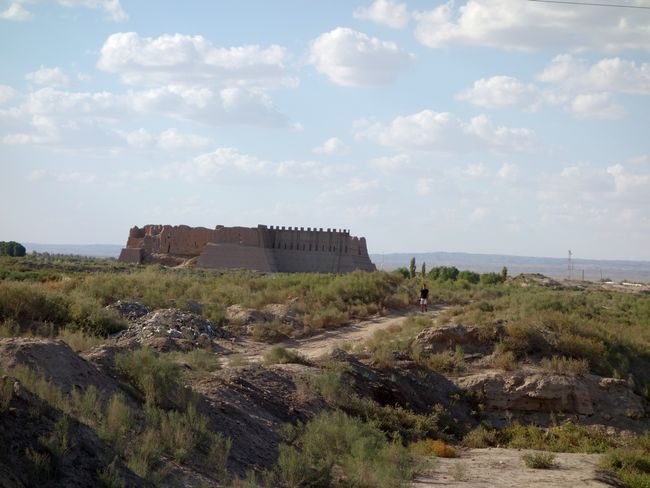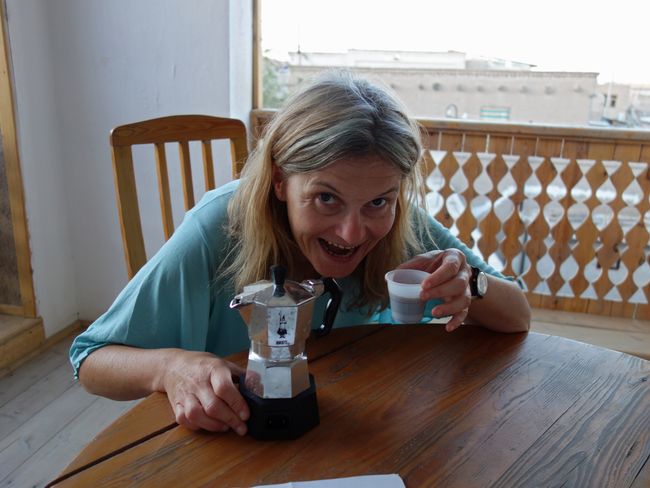Through wild Uzbekistan
ที่ตีพิมพ์: 24.09.2018
สมัครรับจดหมายข่าว
Admittedly, the headline is misleading and only due to my peculiar passion for Karl May, which I had as a teenager (after all, I read nearly 50 of his books back then). Uzbekistan is actually not wild. We had already booked our trip to the Karakalpakstan desert in Vienna because we assumed that a jeep would be necessary for that. That's how we experienced it in Jordan. But in front of the hotel, there was a regular car that could easily drive to the fortresses in the desert (so we could have booked a driver much cheaper here; we didn't need the guide as we are well equipped with books). The desert was not desert-like at all, meaning there was a lot of sand but also many plants. So, it was quite green. In front of the yurt camp of the (probably former) nomads, there were three tour buses, whose passengers were catered there (by the way, we were too, and not very well).
The fortresses - called Kalas here - were definitely worth the trip. The oldest ones (Ayaz and Jambaz Kala) date back to the 5th and 4th centuries BC. The remaining walls are indeed attacked by the wind, but still quite impressive (up to 10m high and doubled at some spots, with a parapet walk in between). You can still see the loopholes. In Jambaz Kala, up to 2,000 people lived and there were about 1,000 loopholes; so every other person could defend the huge castle with bow and arrow. In Toprak Kala (1st/2nd centuries AD), during the Soviet era excavations, life-size relief figures were found in several rooms of the local ruler's palace - and transported to Leningrad, where they still lie in some depot until today. Here in Uzbekistan, they would attract more interest. In Kizil Kaya, they are currently trying to attract visitors in a rather unsuccessful but widespread way in Uzbekistan: by reconstructing the fortress. In this case, it is even more absurd than in the numerous other cases (more on that later) because no one has any idea what the fortresses looked like. There are neither written sources nor any illustrations. What you see are the currently current fantasies of the archaeologists. Pity.
Back in Khiva (#In the shared taxi to the campus), we finally had a well-deserved coffee, prepared by our faithful long-time travel companion, the moka elettrica ;-) It should be introduced here as well. They don't really go for coffee in Uzbekistan, but there is very good green tea.
สมัครรับจดหมายข่าว
คำตอบ
